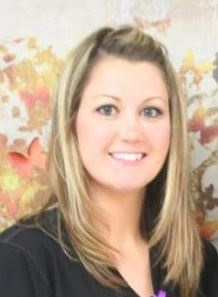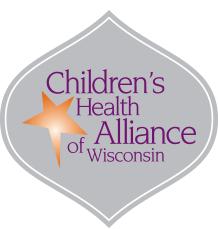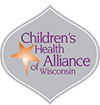When sending a child to school, the topic of safety is always a key priority that is kept in mind. In the case of a medical emergency, especially for children with special health care needs, receiving fast and proper care is necessary for a successful outcome.
To bridge connections between schools and local emergency medical service (EMS) agencies, the Wisconsin Emergency Medical Services for Children (WI EMSC) initiative developed a pilot program with the help of Tabbi Vande Voort of Oconto EMS.
The pilot connects EMS and schools by helping prepare both organizations in the case of an emergency that involves students. So far, the pilot has been implemented in Clear Lake EMS and the Clayton School District and is hoping to expand to other schools in Wisconsin.
The School Side
For Jen Young, a school nurse for Clayton School District, employed through Cumberland Health Care, the decision was easy: she wanted to participate in the pilot program to help ensure that all of her students can receive the best care possible in emergency situations.

Jen Young, Cumberland Health Care
“To me, the more information one can receive about a child, the better the care that child can receive,” said Young. “As soon as I heard about the pilot program I was excited because it was just another opportunity to help keep our children safe.”
The pilot program starts with schools sending out take-home forms for parents to fill out. The forms include technical information such as any special health care needs or issues, medications and preferred emergency department (ED). The forms also incorporate supplementary information such as any particular calming techniques the child likes, words to use and avoid, and a photo of the child.
Once the school receives the forms, they are sent to the local EMS agency for review and safe-keeping in the agencies’ ambulances. In the case of an emergency, the EMS agency will have information about the child and what to expect and how to treat them before entering the situation.
“Along with implementing this pilot in my school, I hope more schools take the time to see what this program can offer and the additional safety steps it provides for students,” Young said. “Once a year we will send out the forms and go through them, and that simple work can lead our EMS providers down the right path and help them see what measures need to be taken to provide a child with the best care possible before they even arrive on scene.”
The EMS Side
As an EMS provider, Keri Aquino wants to provide the best possible care for every patient that she treats. Aquino has over 20 years of EMS experience and is the Pediatric Emergency Care Coordinator (PECC) for Clear Lake EMS.
When Aquino first heard about the pilot program, she immediately knew she wanted to participate because having information about a patient already available before arriving on scene can increase the preparedness of all EMS providers.
“This pilot program is giving our EMS crews another tool in our toolbox,” she said. “We get called to schools pretty frequently, so if we know beforehand that a child has asthma or diabetes, we can enter the situation already knowing that. It’s just one more thing that we can do to help a patient in the long run.”
After receiving the completed forms, Jen and Keri sat down and reviewed each form. After review, the forms are kept in the EMS agencies’ ambulances. The forms are kept in a plastic sheet protector and the information is only available to the EMS providers.
A child’s life could be saved because of the information EMS providers have on hand before arriving on scene and a student can have a peaceful experience with EMS providers because they know which words soothe them and which words to avoid. In the end, the additional time it takes to send out, receive back, review and store the forms is worth it and more.
“The extra time it takes to get this form filled out is extra time that could save someone’s life,” Aquino said. “This program is worth it 1,000%. It’s really an amazing project.”


